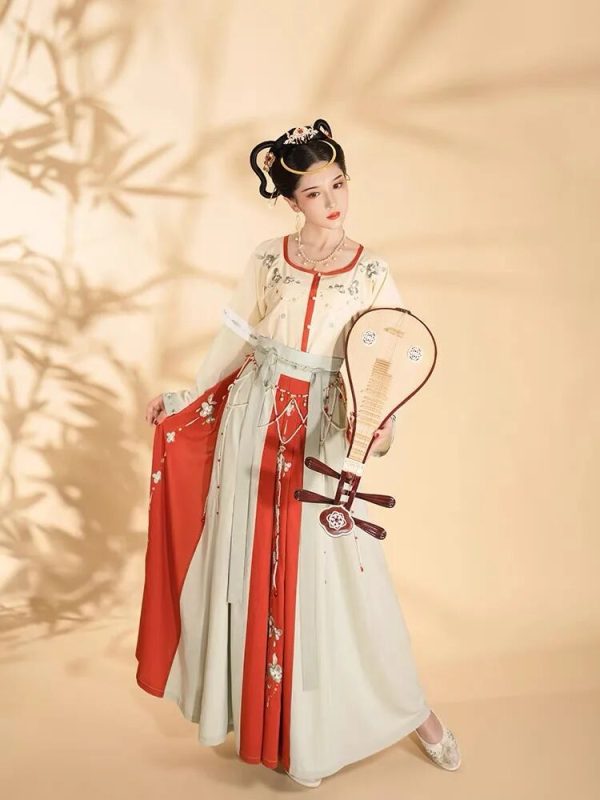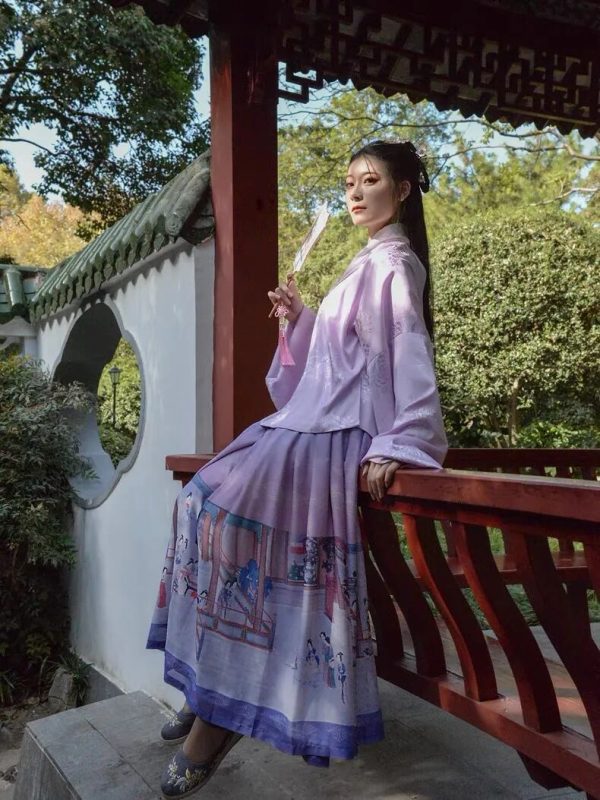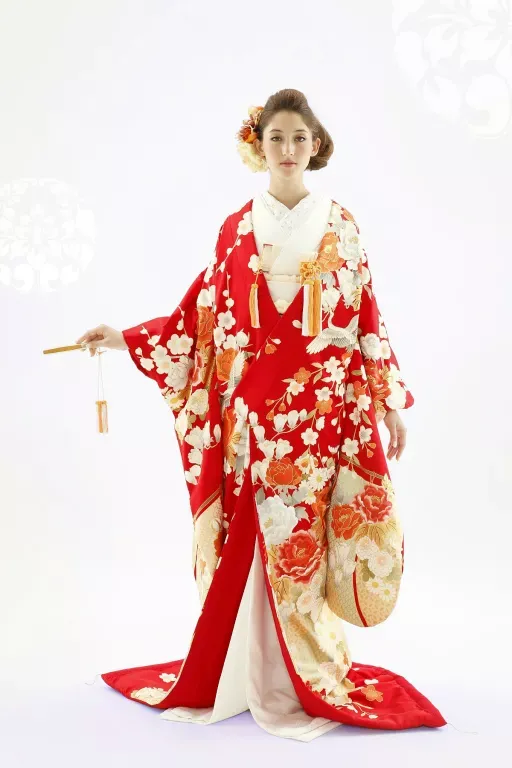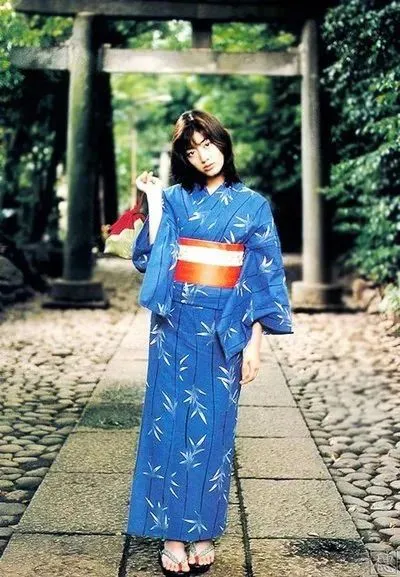Hanfu Knowledge
Understanding the Differences Between Chinese Hanfu and Japanese Kimono
In fact, tracing back to its origins, from the time of the Yellow Emperor’s rule through the Ming Dynasty—a span of over 4,700 years—the Chinese nation cultivated a rich and vibrant Hanfu culture through its own ingenuity. Kimono, in essence, evolved from Hanfu. Building upon the foundation of traditional Hanfu, it was adapted to suit the lifestyle and temperament of the Japanese people, eventually taking on the form we recognize today.
So, how exactly do we distinguish kimono from Hanfu?
Hanfu and Kimono
Hanfu
Hanfu is the traditional ethnic attire of the Han Chinese, passed down for over four millennia, representing the ceremonial headwear and robes system documented in the Four Books and Five Classics. For thousands of years, Han Chinese clothing has generally emphasized simplicity and modesty, reflecting the principle of harmony between heaven and humanity. The defining features of Hanfu are its wide robes, large sleeves, and flowing belts. Glimpses of its essence can be seen in Han Dynasty silk paintings and surviving portraits from the Wei, Jin, Sui, and Tang dynasties—the simple silhouette of the Han robe, draped over figures of varying physiques, instantly comes alive with fluid, graceful lines.
These robes fully embody the Han people’s national character—gentle, tranquil, and serene, yet refined and detached—along with their aesthetic sensibilities: understated naturalness, subtle grace, and elegant freshness.


Kimono
The kimono is Japan’s traditional national costume. Before being called “wafuku” (Japanese clothing), it was known as ‘gofuku’ (Wu clothing). During Japan’s Nara period—corresponding to China’s flourishing Tang Dynasty—Japan dispatched numerous envoys to China to study its culture, arts, legal codes, and institutional systems, including its dress codes. At that time, Japan even modeled its own “Clothing Regulations” after the Tang system. To this day, Japan still refers to textiles like embroidered fabrics as “Wu cloth,” signifying their origin from the Wu region of China (present-day Jiangsu and Zhejiang provinces).
Early kimono were direct replicas of Tang dynasty attire. Later, the ceremonial outer garments of the twelve-layered ceremonial robe were also called “Tang robes.” While kimono evolved from Hanfu, they have developed distinct national characteristics over a long historical period.


The Difference Between Hanfu and Kimono
Different lines
When laid flat, the lines of Hanfu are square and straight, yet when worn, they transform into fluid curves. Thus, the lines of Hanfu are graceful curves, appearing elegant and flowing.
In contrast, the lines of kimono are straight, resembling several large squares assembled together, appearing stiff and formal. Its top and bottom form straight cylinders, lacking the beauty of curves.

Differences in Collar Design
The collar of Hanfu fits snugly against the neck, conveying an air of dignity that aligns with the Han Chinese ideal of poise. In contrast, the collar of kimono is relatively wide, with the back portion turned up to reveal the neckline.

The sleeves differ
The sleeves of Hanfu are curved at the bottom, long enough to cover the hands. When the arms are bent, the wrists remain concealed, creating an air of grandeur. The sleeves of kimono are square-cut and do not reach the wrists. They are sewn with an opening at the back, as if the sleeves of Hanfu had been turned inside out and sewn on.

Differences in Belts
Hanfu belts are tied around the waist to cinch the waistline, typically knotted at the front with the excess fabric hanging down naturally. Kimono belts, on the other hand, are thick and wide, knotted at the back with such a large bow that many mistake it for a backpack.

Differences in Hemline
Hanfu features a wide hemline that generally forms a symmetrical “eight” shape, tapering outward from top to bottom. This design allows for ample freedom of movement and unrestricted activity. In contrast, the hemline of kimono typically hugs the contours of the thighs, tapering inward to form an inverted “eight” shape. This narrow silhouette restricts movement, forcing wearers to take small, careful steps.

The above outlines some differences between Hanfu and kimono. Of course, both Hanfu and kimono continue to evolve through innovation and development, and their distinctions may change over time. This serves as a brief introduction, and I will continue to share insights on the historical connections between Hanfu and kimono in future articles.
